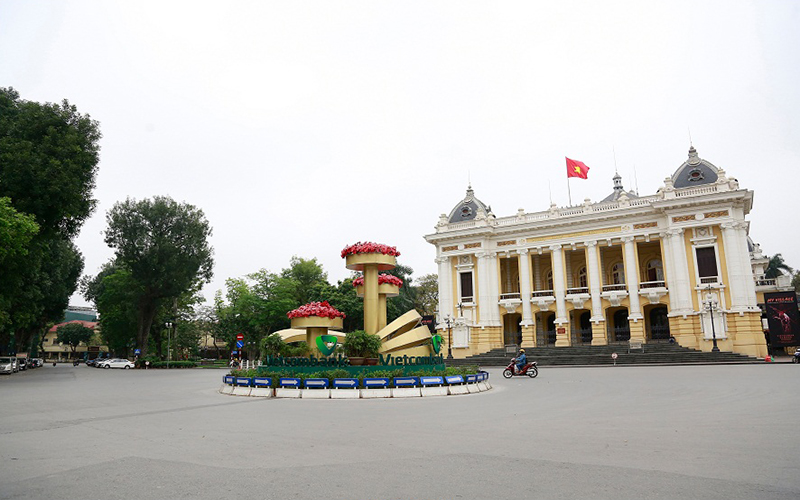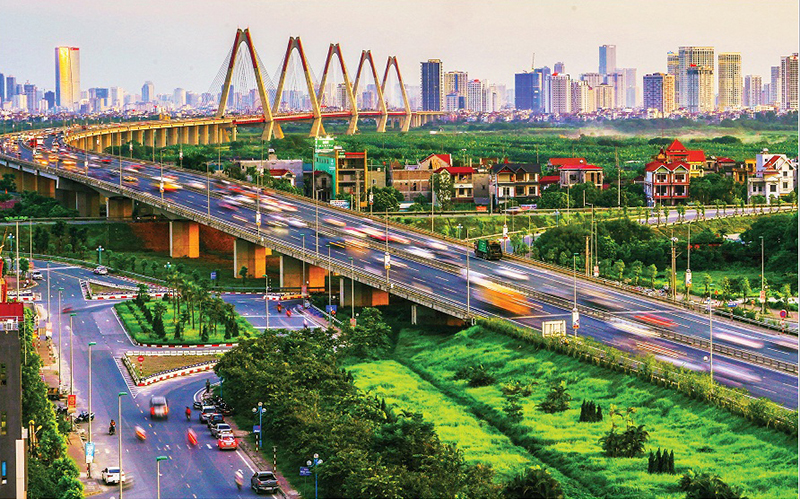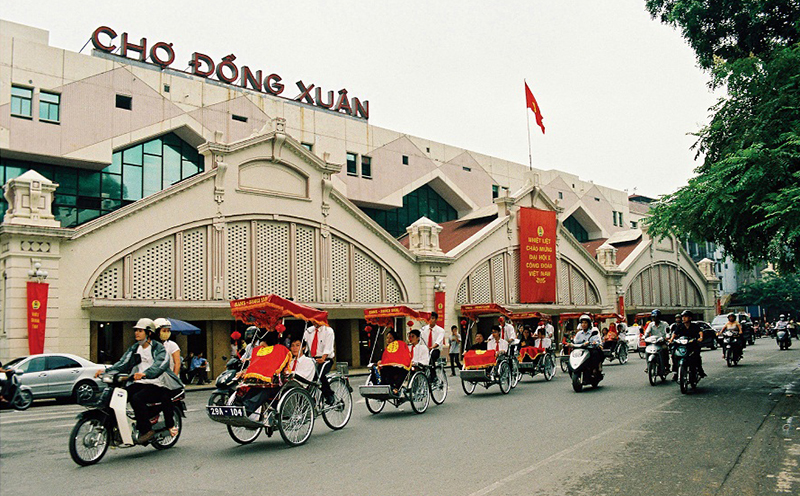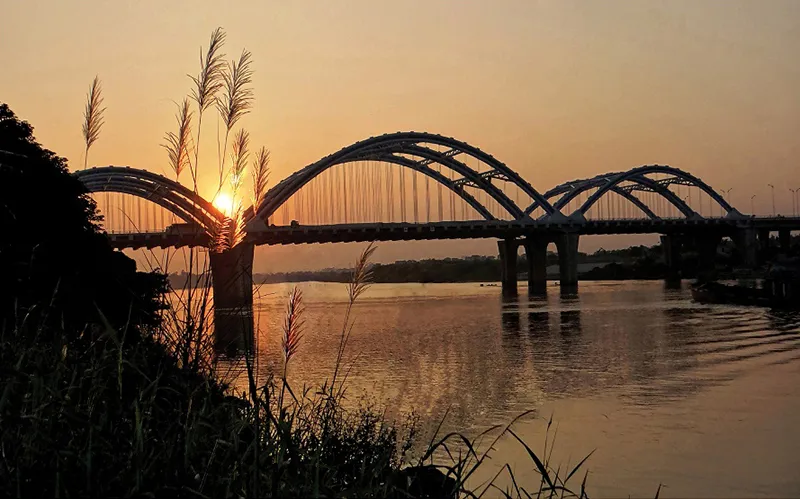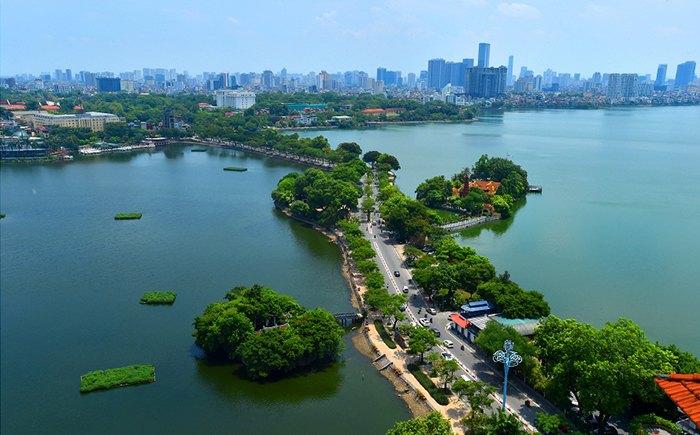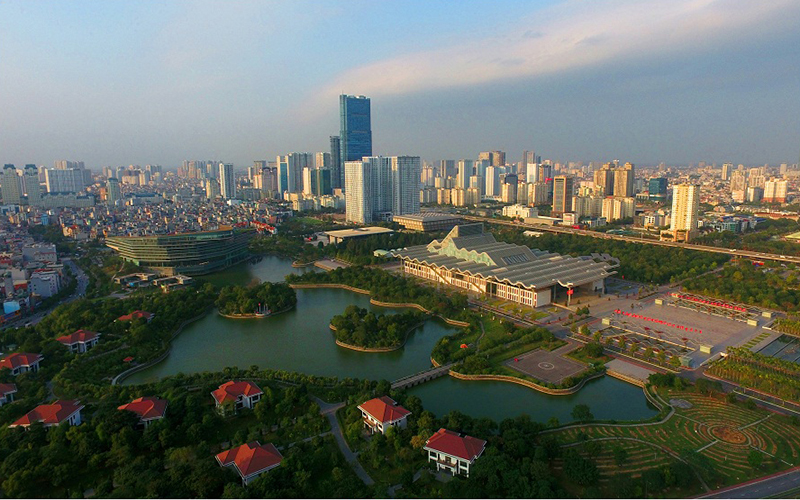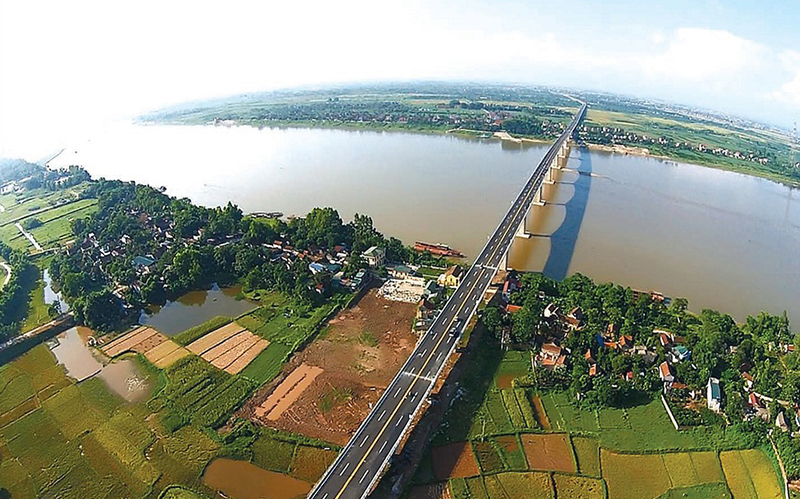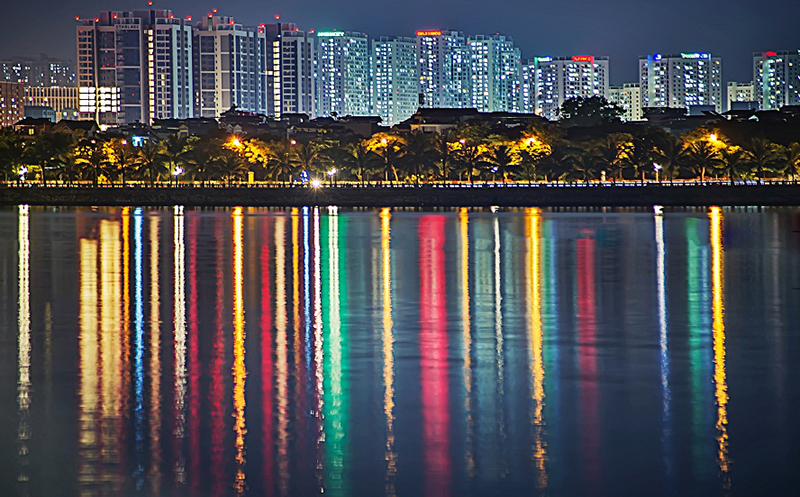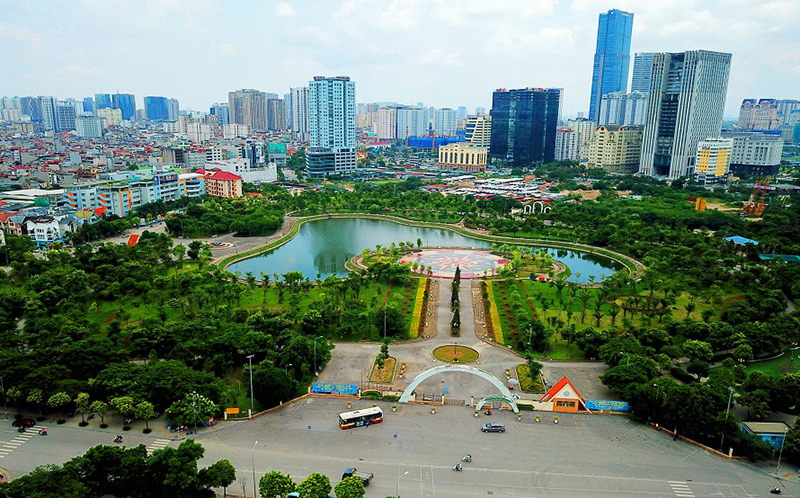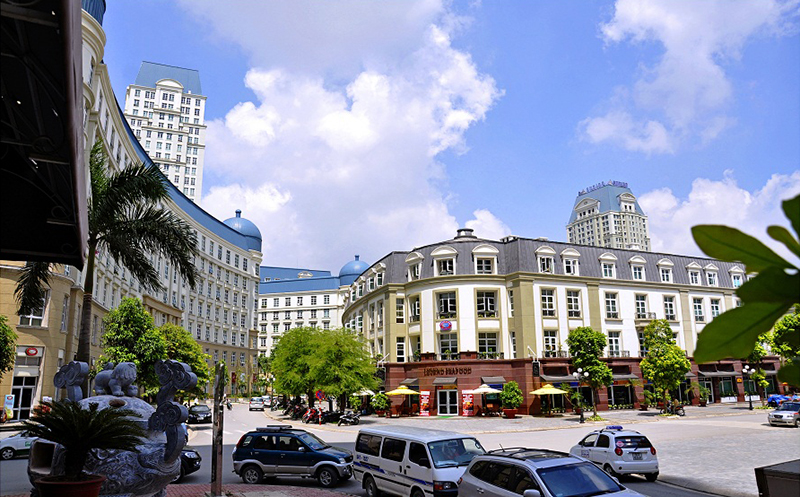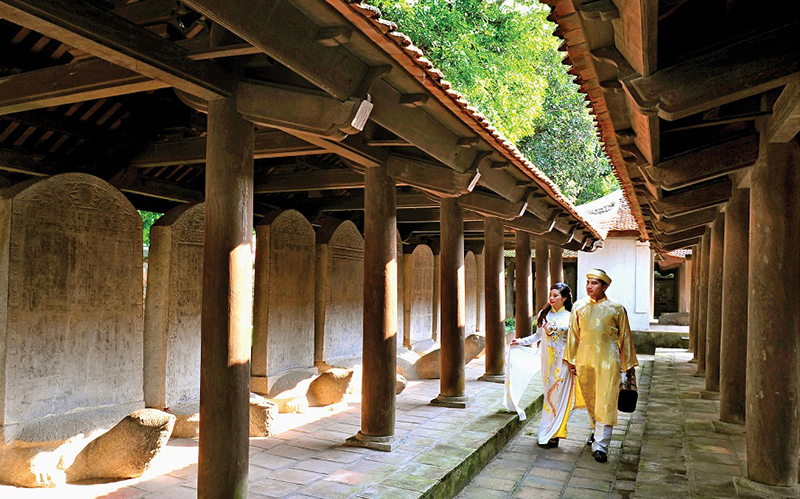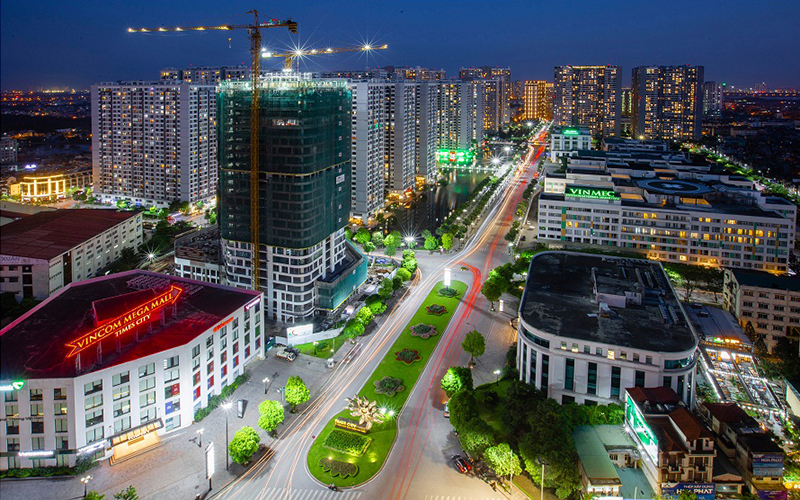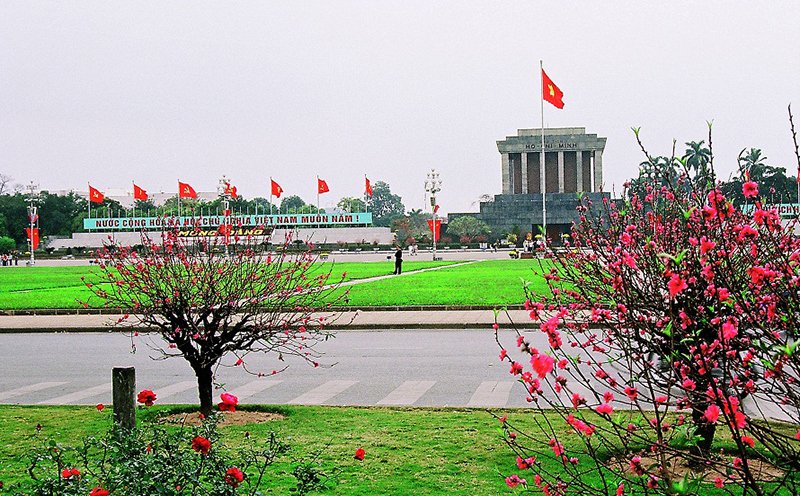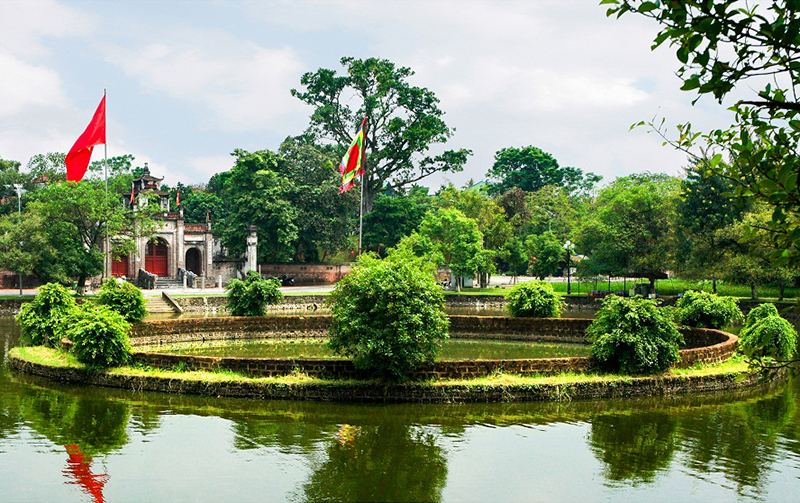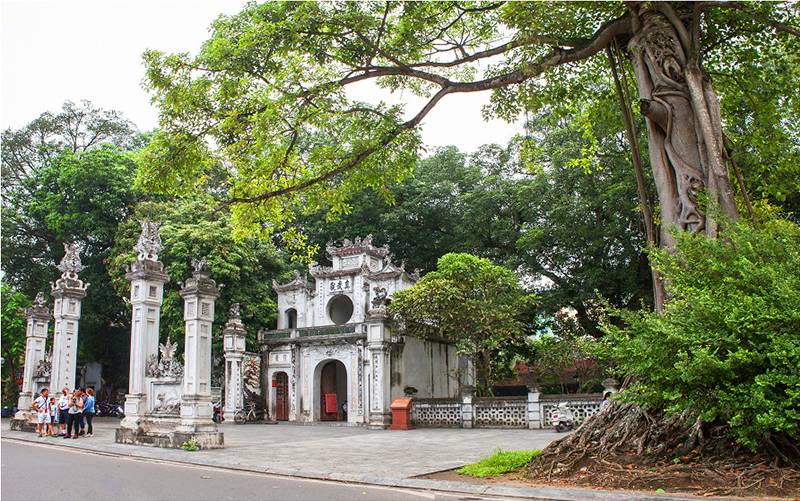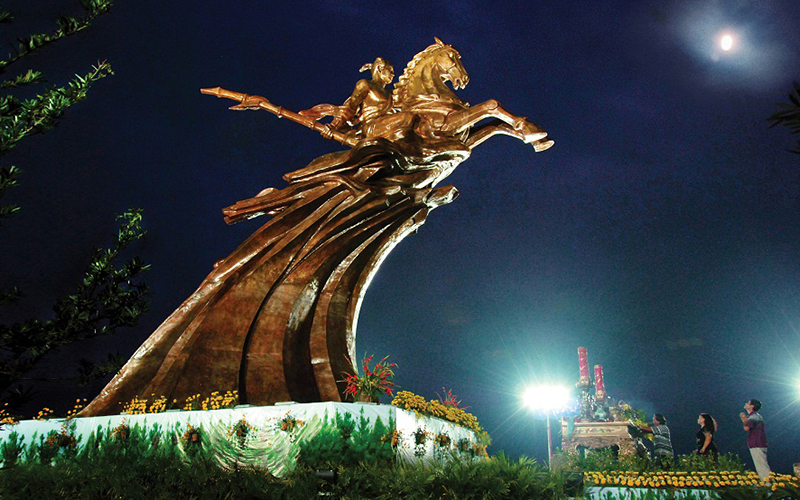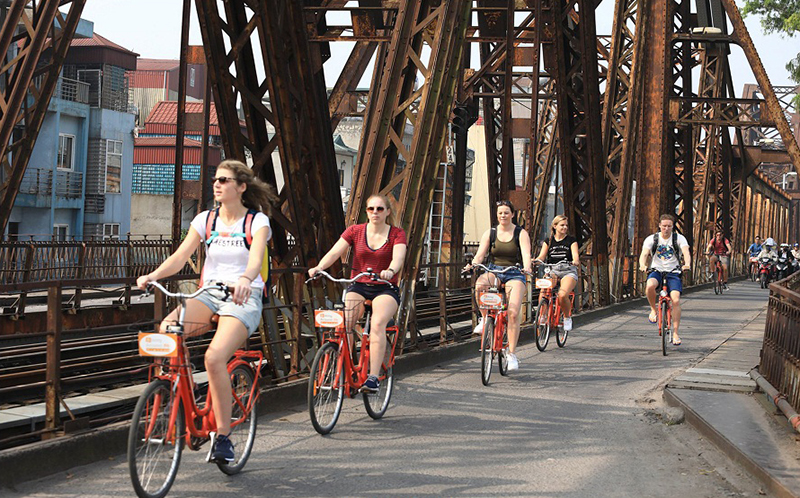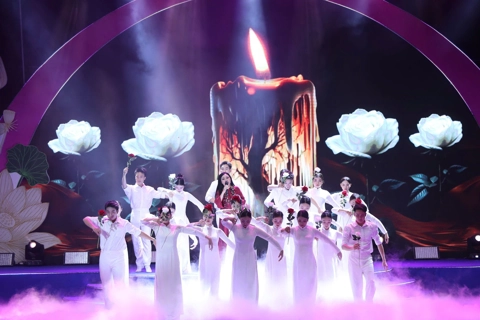Tubular house was the most popular type in the city, with the narrow width, a few tens of metres deep. If the owners are well-off, they would build two or three floors more. Then, influenced by French architecture, engineers began to use steel bending or embossing with cement and plaster to reduce the roughness of concrete blocks in home décor.
Modern architecture is a trend to use new, versatile technologies and materials. In the past, people often used wood, black steel, baked tile... to make structure, pillars and roofs. Nowadays, when metal technology develops, rust-proof super light-plated steel has replaced black steel and wood; unburnt tile has been used instead of baked tile.
In the past ten years, Hanoi's architectural situation has required professional architects to make a changey, as soon as possible, the local architecture shouldt be exposed to the architecture of developed countries and other countries in the region. Hanoi architecture is facing big changes of a key moment, that needs to be a breakthrough in quality as well as in quantity. So each architect has to share the thought and contribution to the that breakthrough. The social and communal characters of Hanoi architecture are posing new requirements. We have a responsibility to strive for a sustainable, orderly, pure, humane, visually-efficient architecture.
When the country is liberated and united, the hearts of millions of Vietnamese people will always head towards Ba Dinh Square and Ho Chi Minh Mausoleum. This is a sacred place that every Vietnamese and international friends want to visit.
Hanoi Opera House was built by the French in 1901 and completed in 1911 following the model of the Garnier Opera House in Paris (France). Today, the Opera House is one of the familiar, outstanding and attractive places of Hanoi City, a place where special cultural and performing arts are regularly held.
Long Bien Bridge was the first iron bridge spanning over the Red River, built by the French in 1899. During the war against the US, despite two major battles with many bombings, the bridge still stands firmly, defying the erosion of the time. Over the years, with prints of time, Long Bien Bridge is a historical evidence of a capital that has come out of war and has been developing more and more modernly.
|
| Hanoi Opera House, the hallmark of Hanoi. Photo: Thanh Hai |
|
| Sunset on Nhat Tan Bridge. Photo: Nguyen Van Hai |
|
| Dong Xuan Market, Hoan Kiem District. Photo: Tran Son |
|
| Dong Tru Bridge spanning over Duong River, built between 2006-14. Photo: Cong Tien Thinh |
|
| Thanh Nien Road between Truc Bach and West lakes. Photo: Pham Hung |
|
| A corner of the western Hanoi. Photo: Cong Hung |
|
| A bridge of memoir, Long Bien Bridge. Photo: Ngoc Tu |
|
| Vinh Thinh Bridge. Photo: Nam Khanh |
|
| Colourful urban nightlife by West Lake. Photo: Vu Van Canh |
|
| Cau Giay Park. Photo: Hung Thap |
|
| Me Tri urban area. Photo: Trong Nghi |
|
| Doctoral stone steles at Temple of Literature. Photo: Van Phuc |
|
| A corner of Hanoi at night. Photo: Nguyen Minh Chi |
|
| The spring comes. Photo: Duy Tuong |
|
| The Jade Well at Co Loa Temple. Photo: An Khang |
|
| Quan Thanh Temple. Photo: Nguyen Anh Tuan |
|
| Saint Giong Monument. Photo: Huu Nen |
|
| Foreigners ride bicycles to enjoy the beauty of Hanoi, City for Peace. Photo: Luu Phuong Binh |

